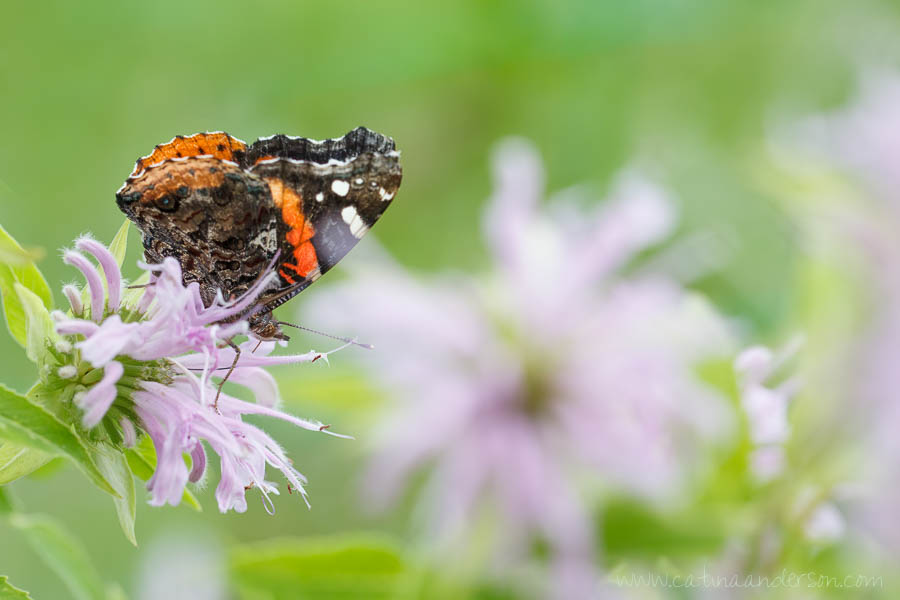I’m starting another project… well… really I think I’m starting a new tag/category here on the blog.
It’s really motivating to me as a gardener to SEE the results of “If you plant it they will come,” and to really understand what the impact of planting a particular plant in my garden can be. I do that by taking pictures. I spend a lot of time slowing down and looking at the insects visiting my plants, seeking help from facebook identification groups and keywording my photo collection. I would love for visitors to this blog to be able to visit the keyword tags for a particular plant and see what I’ve seen visiting those plants – and that maybe my posts might encourage someone else to choose that plant for their pollinator habitat. I understand that for many people seeing lots of bees or spiders or wasps might be a turn-off but I hope that over time people will at least dedicate a portion of their yard to wildlife habitat – even if that garden needs to be far from the front door. And that maybe over time, and through seeing others post about these mostly docile species of wasps and bees in addition to butterflies and other insects that the fears will lessen and the understanding of the incredible impact that insects have on our food web and thus our survival will increase. Without wasps we have more garden/vegetable food pests. Without insects we have fewer birds because they have nothing to eat or feed their young. Without pollinators we have poor crops of food that have to be hand pollinated by people which surely can’t be enough to feed our growing population. Insects are in trouble. And that means we are too because we depend on insects as an important part of our food web.
So – anyway – explanations aside – I’m adding a third plant to my photographic survey. Now I’m documenting milkweed (various types), mountain mint and purple bee balm. Here’s my first intentional post for Monarda fistulosa – although I will go back and add a tag to old posts that feature this plant as well. The plant stands about four feet tall in my garden (my first year plants are much shorter… but in subsequent years they get to be about shoulder height on me). It’s gorgeous in bloom. It does need staking if you like things tidy (I think next year I’ll try some flower grower trellising that it can grow up through which will help it withstand hard winds and rains – this year I just have stakes and strings on each corner of the plot I have it planted in). If you don’t mind a little flop/whimsy then not staking is perfectly fine, or plant it thick with other tall stuff and let your plants support one another!
Here is a Red Admiral that visited the garden a few days ago. I’m just starting to see these in my yard this past week. Usually I see them in early spring as well but it was a really weird weather year.

